Blog
Vincent Peter Colaiuta (born February 5, 1956) is an American drummer known for his technical mastery who has worked as a session musician in many genres. He was inducted into the Modern Drummer Hall of Fame in 1996 and the Classic Drummer Hall of Fame in 2014. Colaiuta has won one Grammy Award and has been nominated twice. Since the late 1970s, he has recorded and toured with Frank Zappa, Joni Mitchell, and Sting, among many other appearances in the studio and in concert.
Colaiuta was given his first drum kit when he was seven. He took to it naturally, with little instruction. When he was fourteen, the school band teacher gave him a book that taught him some of the basics. Buddy Richwas his favorite drummer until he heard the album Ego by Tony Williams, an event that changed his life. Colaiuta was also listening to organ groups, notably Jack McDuff, Jimmy McGriff and Don Patterson.
While a student at Berklee College of Music, when jazz fusion was on the rise, he listened to and admired Alphonse Mouzon and Billy Cobham.
After leaving school, he played local gigs in Boston. He joined a brief tour organized by Al Kooper, then worked in California on an album by Christopher Morris, which Kooper was producing. Although he returned to Boston, Colaiuta was drawn back to California by friends. He took the bus from Boston to Los Angeles during the Great Blizzard of 1978.
more...William Allen Mays (born February 5, 1944), known professionally as Bill Mays, is an American jazzpianist from Sacramento, California.
Mays came from a musical family and at the age of 15 became interested in jazz at an Earl Hines concert.
From 1969 to the early 1980s Mays worked as a studio session musician in Los Angeles. He has been an accompanist to singers Al Jarreau, Peggy Lee, Anita O’Day, Frank Sinatra, Sarah Vaughan and Dionne Warwick, and also worked with artists such as Don Ellis, Mel Lewis, Barry Manilow, Shelly Manne, Bob Mintzer, Red Mitchell, Gerry Mulligan, Art Pepper, Bud Shank, Bobby Shew, Sonny Stitt, Paul Winter, Phil Woods and Frank Zappa.
more...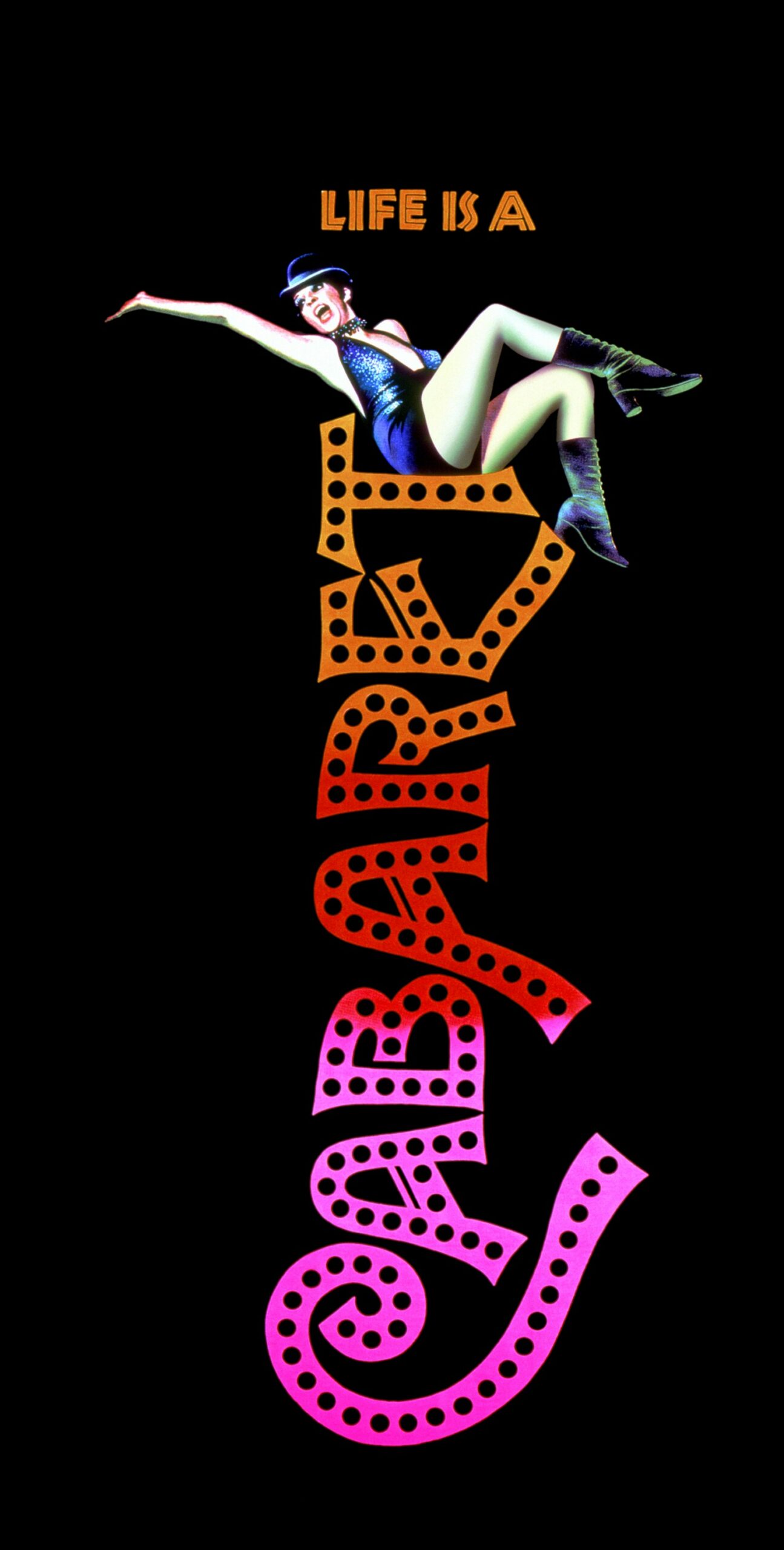
Stars are forming in the gigantic dust pillar called the Cone Nebula. Cones, pillars, and majestic flowing shapes abound in stellar nurseries where natal clouds of gas and dust are buffeted by energetic winds from newborn stars. The Cone Nebula, a well-known example, lies within the bright galactic star-forming region NGC 2264. The Cone was captured in unprecedented detail in this close-up composite of several observations from the Earth-orbiting Hubble Space Telescope. While the Cone Nebula, about 2,500 light-years away in Monoceros, is around 7 light-years long, the region pictured here surrounding the cone’s blunted head is a mere 2.5 light-years across. In our neck of the galaxy that distance is just over half way from our Sun to its nearest stellar neighbors in the Alpha Centauri star system. The massive star NGC 2264 IRS, seen by Hubble’s infrared camera in 1997, is the likely source of the wind sculpting the Cone Nebula and lies off the top of the image. The Cone Nebula‘s reddish veil is produced by dust and glowing hydrogen gas.
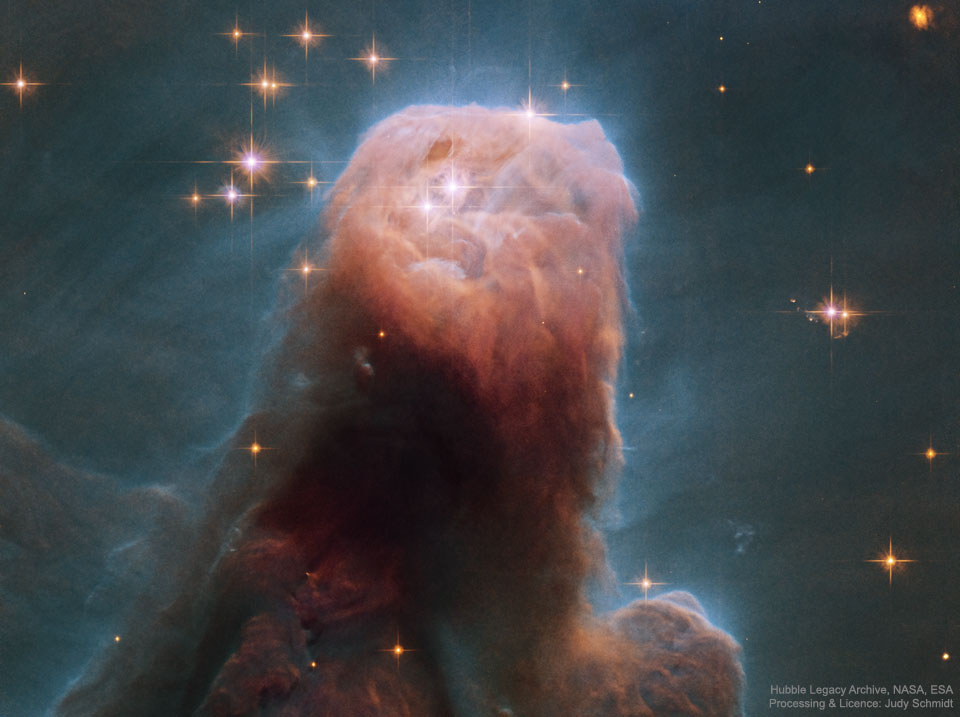
John Stubblefield (February 4, 1945 – July 4, 2005) was an American jazz saxophonist, flautist, and oboist. Stubblefield was born and raised in Little Rock, Arkansas. He studied music at the Association for the Advancement of Creative Musicians with Muhal Richard Abrams in Chicago before moving to New York City in 1971.
more...
Jutta Hipp (February 4, 1925 – April 7, 2003) was a jazz pianist and composer. Born in Leipzig during the Weimar Republic, Hipp initially listened to jazz in secret, as it was not approved of by the Nazi authorities. After World War II, she became a refugee, often lacking food and other necessities. By the early 1950s, she was a touring pianist and soon led her own bands. Critic Leonard Feather heard Hipp perform in Germany in 1954, recorded her, and organized her move to the United States the following year. Club and festival appearances soon followed, as did album releases.
For reasons that are unclear, Hipp’s last recording was in 1956. She started working in a clothing factory, and ultimately cut herself off from the music world. She remained in the United States, and worked for the clothing company for 35 years.
more...The 2nd performance of Cabaret at the Mixed Theater by Theatre 55 Saturday 2-3-24 7pm. Music with Shirley Mier, Lyra Olson, Jeff Ruhnke, Brian Handeland, Bebe Keith and mick laBriola!
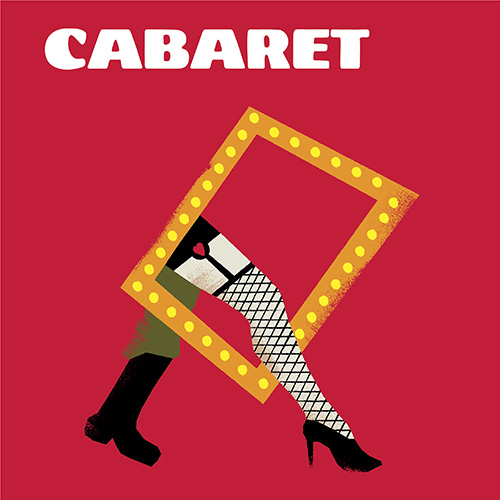
The California Nebula (NGC 1499/Sh2-220) is an emission nebula located in the constellation Perseus. Its name comes from its resemblance to the outline of the US State of California in long exposure photographs. It is almost 2.5° long on the sky and, because of its very low surface brightness, it is extremely difficult to observe visually. It can be observed with a Hα filter (isolates the Hα line at 656 nm) or Hβ filter (isolates the Hβ line at 486 nm) in a rich-field telescope under dark skies. It lies at a distance of about 1,000 light years from Earth. Its fluorescence is due to excitation of the Hβ line in the nebula by the nearby prodigiously energetic O7 star, Xi Persei (also known as Menkib).
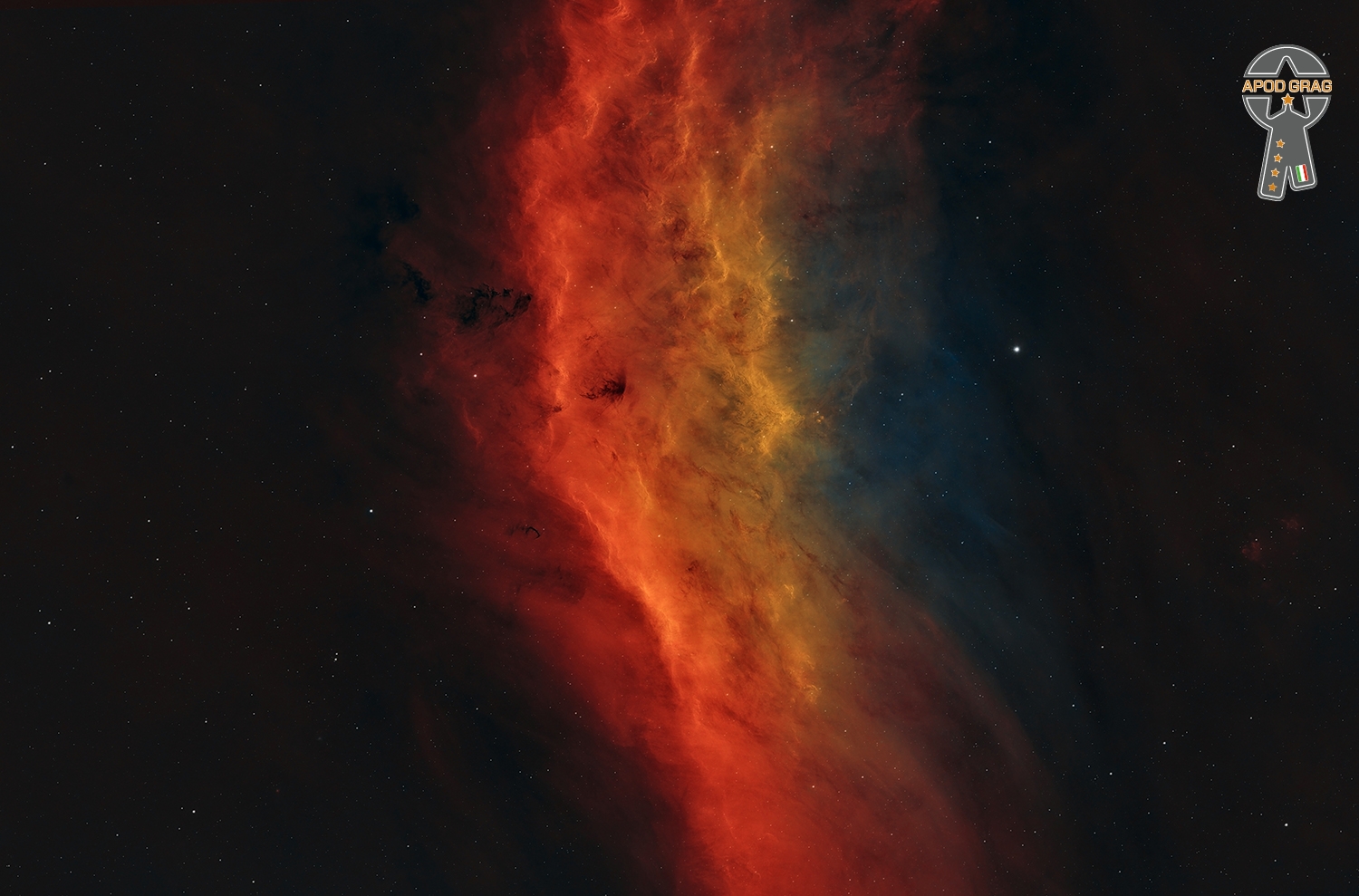
John Watson Jr. (February 3, 1935 – May 17, 1996 Houston, TX), known professionally as Johnny “Guitar” Watson, was an American musician. A flamboyant showman and electric guitarist in the style of T-Bone Walker, his recording career spanned forty years, and encompassed rhythm and blues, funk and soul music.
Watson recorded throughout the 1950s and 1960s with some success. His 1954 instrumental “Space Guitar” was the first of his recordings to showcase his electric guitar playing. Watson’s creative reinvention in the 1970s with funk overtones, saw Watson have hits with “Ain’t That a Bitch” and “Superman Lover”. His highest charting single was 1977’s “A Real Mother for Ya”.
more...Lillian Hardin Armstrong (February 3, 1898 – August 27, 1971 Memphis, TN) was an American jazzpianist, composer, arranger, singer, and bandleader. She was the second wife of Louis Armstrong, with whom she collaborated on many recordings in the 1920s.
Her compositions include “Struttin’ with Some Barbecue”, “Don’t Jive Me”, “Two Deuces”, “Knee Drops”, “Doin’ the Suzie-Q”, “Just for a Thrill” (which was a hit when revived by Ray Charles in 1959), “Clip Joint”, and “Bad Boy” (a hit for Ringo Starr in 1978). Armstrong was inducted into the Memphis Music Hall of Fame in 2014.
more...Jakob Ludwig Felix Mendelssohn Bartholdy (3 February 1809 – 4 November 1847), widely known as Felix Mendelssohn, was a German composer, pianist, organist and conductor of the early Romanticperiod. Mendelssohn’s compositions include symphonies, concertos, piano music, organ music and chamber music. His best-known works include the overture and incidental music for A Midsummer Night’s Dream (which includes his “Wedding March“), the Italian Symphony, the Scottish Symphony, the oratorioSt. Paul, the oratorio Elijah, the overture The Hebrides, the mature Violin Concerto, the String Octet, and the melody used in the Christmas carol “Hark! The Herald Angels Sing“. Mendelssohn’s Songs Without Words are his most famous solo piano compositions.
Mendelssohn’s grandfather was the renowned Jewish philosopher Moses Mendelssohn, but Felix was initially raised without religion until he was baptised aged seven into the Reformed Christian church. He was recognised early as a musical prodigy, but his parents were cautious and did not seek to capitalise on his talent. His sister Fanny Mendelssohn received a similar musical education and was a talented composer and pianist in her own right; some of her early songs were published under her brother’s name and her Easter Sonata was for a time mistakenly attributed to him after being lost and rediscovered in the 1970s.
Mendelssohn enjoyed early success in Germany, and revived interest in the music of Johann Sebastian Bach, notably with his performance of the St Matthew Passion in 1829. He became well received in his travels throughout Europe as a composer, conductor and soloist; his ten visits to Britain – during which many of his major works were premiered – form an important part of his adult career. His essentially conservative musical tastes set him apart from more adventurous musical contemporaries such as Franz Liszt, Richard Wagner, Charles-Valentin Alkan and Hector Berlioz. The Leipzig Conservatory, which he founded, became a bastion of this anti-radical outlook. After a long period of relative denigration due to changing musical tastes and antisemitism in the late 19th and early 20th centuries, his creative originality has been re-evaluated. He is now among the most popular composers of the Romantic era.
more...Punxsutawney Phil did not see his shadow in front of thousands of spectators Friday morning at Gobbler’s Knob in Punxsutawney, Pennsylvania, part of the annual Groundhog Day tradition celebrated in the U.S. and Canada. That means, according to the legend, we’re in for an early spring.

Cabaret the Musical at the Mixed Blood Theater by Theatre 55 Friday February 2nd thru February 10th only 7 shows. Art returning to the West Bank. Music with Shirley Mier, Lyra Olson, Jeff Ruhnke, Brian Handeland, Bebe Keith and mick “bamboula” laBriola!
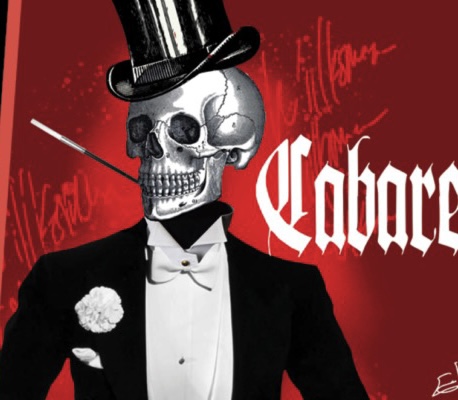
More Posts
- Freddie King Day
- Mickey Roker Day
- Memphis Slim Day
- World Music with Pete Seeger
- Daily Roots with Steel Pulse
- The Cosmos with ARP 87
- Clifford Jordan Day
- Horace Silver Day
- World Music with Esma Redzepova
- Daily Roots with Misty in Roots
- The Cosmos with NGC 6782
- Gene Harris Day
- Art Pepper Day
- World Music with SAMBA TOURÉ
- Daily Roots with Lucky Dube
- The Cosmos with IRAS 16562-3959
- Van Morrison Day
- Paul Winter Day
- Herman Riley Day
- World Music with Vicente Amigo